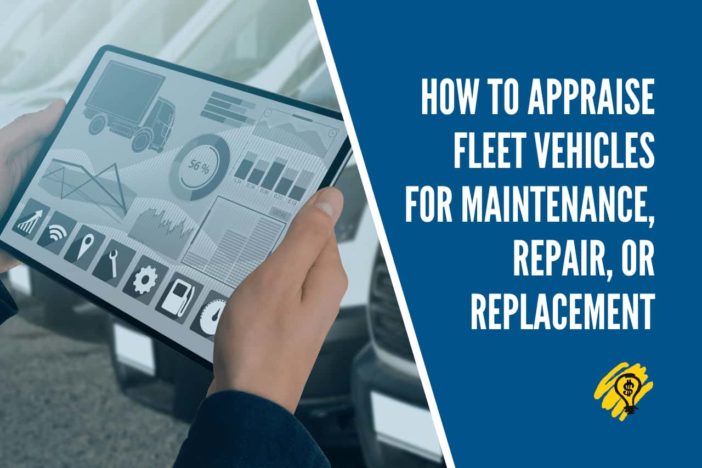With the implementation of fleet management technology, regular maintenance and repairs of vehicles can be carried out more efficiently and economically. This not only ensures that your fleet is kept roadworthy at all times but also means that productivity and profitability are sustained throughout the year.
While technology makes it much easier to schedule preventive maintenance and carry out prompt repairs when necessary, in some circumstances, it can be more cost-effective to replace older vehicles. Successfully managing your fleet will mean assessing when to repair used vehicles and when to replace them with new and fuel-efficient upgrades.
Upgrading Vehicles for Greater Efficiency
While carrying out regular maintenance and repairs on a fleet will always be necessary, it’s important to acknowledge when older and less efficient vehicles need upgrading in order for productivity levels to remain high. The difference in annual running costs for an old truck compared to a new vehicle can be as high as $16,000 when the amount spent on maintenance, repair, and fuel are all taken into account. Despite the initial outlay for a new heavy-duty truck, you will recoup the costs through improved overall fuel economy and driving range as well as reduced downtime for repairs and maintenance. In addition to simply looking at vehicle age and mileage when making a replacement, checking maintenance and repair records will also help you to identify which trucks are costing the most to keep on the road and should therefore be the first to be upgraded.
Implementing a Preventative Maintenance Plan
Vehicle breakdowns cost money, but with the use of software for scheduling preventive maintenance, unexpected and expensive repairs can be avoided. By setting thresholds for mileage, time on the road or amount of fuel used for each vehicle, these can then be used to trigger regular inspections. Inspections allow qualified engineers to carry out a checklist of regular and preventative maintenance tasks such as changing the oil, checking spark plugs, or simply arranging for a vehicle to be cleaned, and will also help them to identify any necessary repairs before they become a major issue. Through digitizing the checklist, forms for raising issues, and detailed records of any work carried out, it will be much easier to ensure your fleet keeps running smoothly.
Carrying out Prompt Repairs
With the additional use of predictive technology, potential repairs or issues raised by drivers and engineers can then be collected and shared throughout the shop. From simple spreadsheets to more sophisticated computerized systems that use predictive analytics, task management software can be used to inform fleet maintenance about potential issues. This then ensures that the necessary work is delegated to a specialist technician and repairs are carried out promptly.
Running a successful fleet means keeping it safely on the road and minimizing costly and unnecessary downtime due to unforeseen breakdowns. While preventative and predictive scheduling can optimize the efficiency of maintenance and repairs, it’s also important to accept when older, less efficient vehicles need replacing to sustain production levels.





